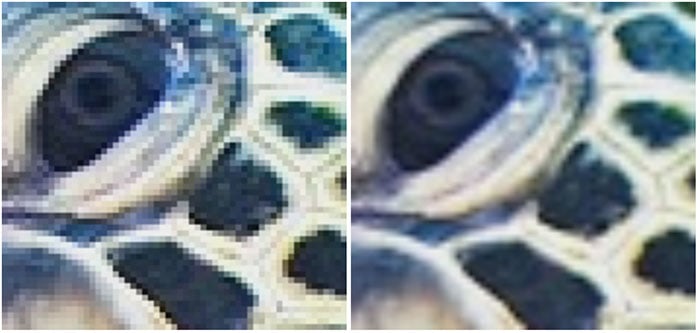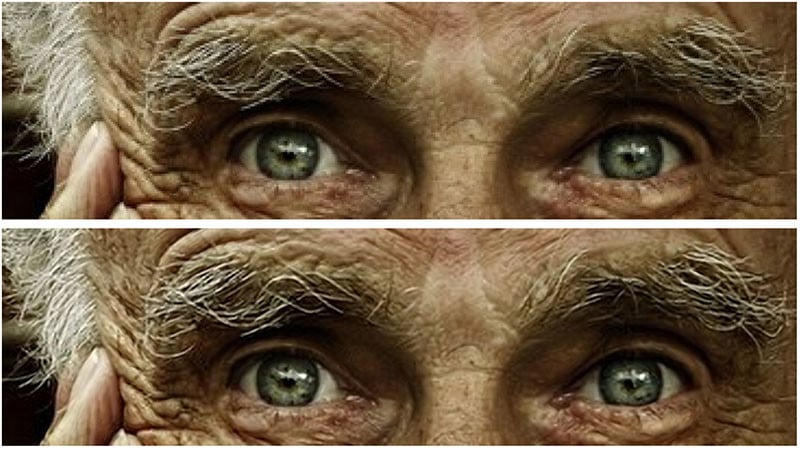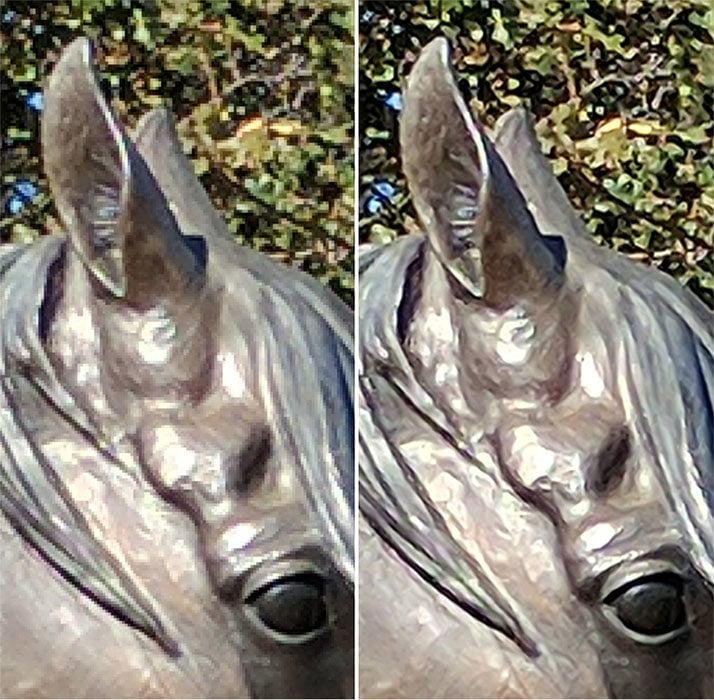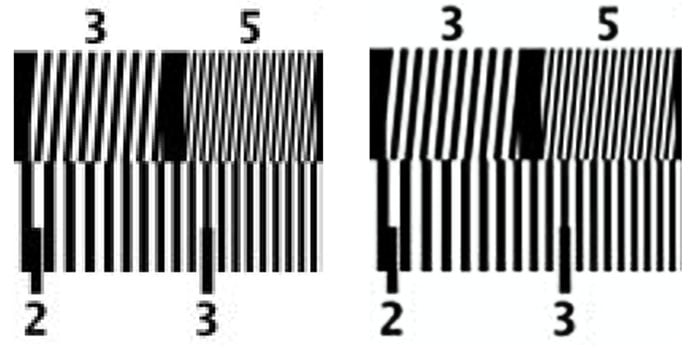Google’s RAISR Uses Machine Learning to Enhance Low-Res Photos
![]()
Google scientists are brewing technology that could one day help you to “enhance!” photos with sharper results than current software on the market. Called RAISR, the system uses machine learning for intelligent upscaling.
“RAISR produces results that are comparable to or better than the currently available super-resolution methods, and does so roughly 10 to 100 times faster, allowing it to be run on a typical mobile device in real-time,” Google says. “Furthermore, our technique is able to avoid recreating the aliasing artifacts that may exist in the lower resolution image.”
Traditional upsampling techniques “blow up” photos by filling in new pixel areas with data from existing pixel values nearby. These methods are fast, but they aren’t the best at bringing out details in the enlarged images.

RAISR is different in that it’s a system that has been trained on thousands of pairs of low- and high-quality images, so it knows how low-res photo details can be recreated. Using the “filters” learned from training, RAISR chooses the best way to enhance each “pixel neighborhood” in the low-res photo in order to create more resolution.
In other words, RAISR is using what it has learned from other photos to make an educated guess about what the high-res version should look like in each missing pixel area.
“When these filters are applied to the lower quality image, they recreate details that are of comparable quality to the original high resolution, and offer a significant improvement to linear, bicubic, or Lanczos interpolation methods,” Google says.


Here’s how RAISR compares to Bicubic for a set of sample photo crops:
![]()
What’s more, RAISR can get rid of aliasing artifacts in photos such as Moire patterns and jaggies, restoring the underlying “truth” of portions of photos.

Google says this technology could one day be used to improve digital “pinch to zoom,” as well as allow smaller versions of photos to be transmitted across the Web and “enhanced” by the recipient (thus saving data and storage).